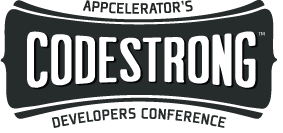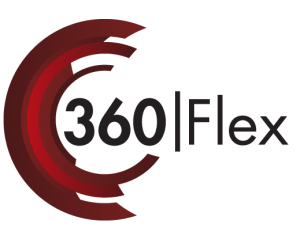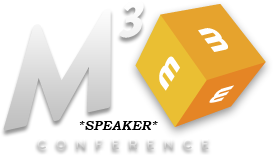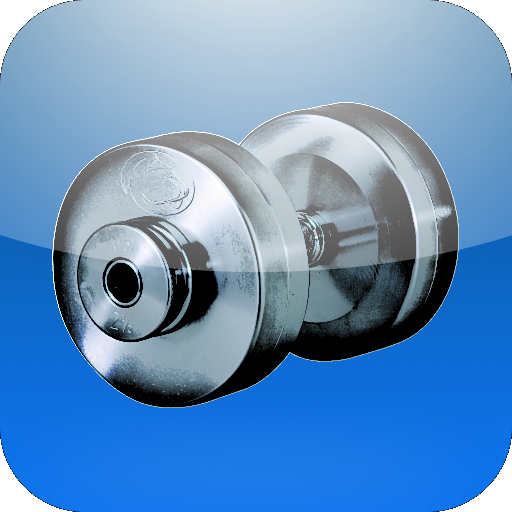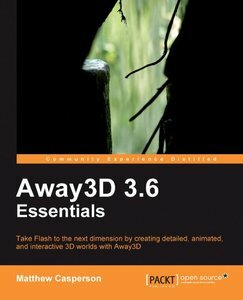 It was great. I had a moment of triumph. In my meager 3D and Away3D experience I managed to get face linking functionality into Away3DLite. Proud of myself, I posted my success at the list. But my party was soon rained on by one of the Away3D developers, Peter Kapelyan, who immediately informed that my linked objects weren’t aligning as they should be. It felt a lot like that scene in National Lampoon’s Christmas Vacation where Clark finally gets the lights lit on his house, only to have his father-in-law inform him that the little lights weren’t twinkling…
It was great. I had a moment of triumph. In my meager 3D and Away3D experience I managed to get face linking functionality into Away3DLite. Proud of myself, I posted my success at the list. But my party was soon rained on by one of the Away3D developers, Peter Kapelyan, who immediately informed that my linked objects weren’t aligning as they should be. It felt a lot like that scene in National Lampoon’s Christmas Vacation where Clark finally gets the lights lit on his house, only to have his father-in-law inform him that the little lights weren’t twinkling…
I know Peter, thanks for noticing.
To that end, the above demo is the next revision of my prior face linking code. This time, I got alignment working. Because I am 3D math deficient (I’m working on it) I was unable to implement the alignment properly without using a container object for the source and the linked objects. Someone a little more math savvy can surely make use of the upAxis parameter of the lookAt() function to make it work, but I need some studying before I can do it on my own. Shawn McInerney from the dev list offered up a potential solution, but it’s a little over my head now. Perhaps someone else perusing this blog can make use of it.
I hope Peter didn’t take this the wrong way, as I have an abrasive sense of humor that doesn’t translate well to written word. Just in case, here’s a link to his site which is extremely clean, cool, slick, and a whole bunch of other adjectives that equal up to awesome.



